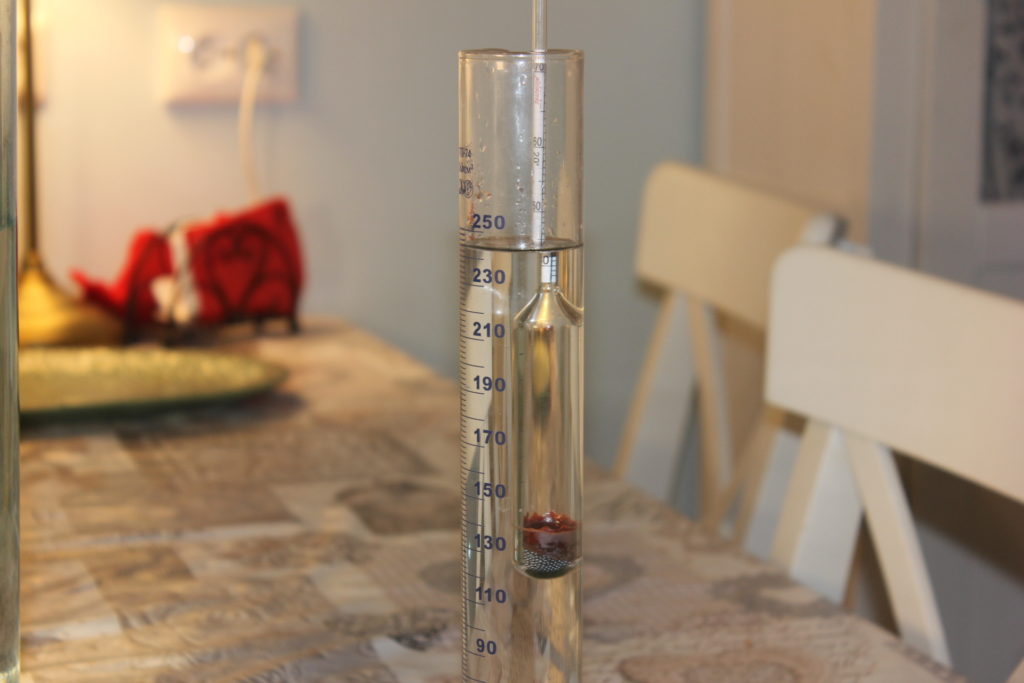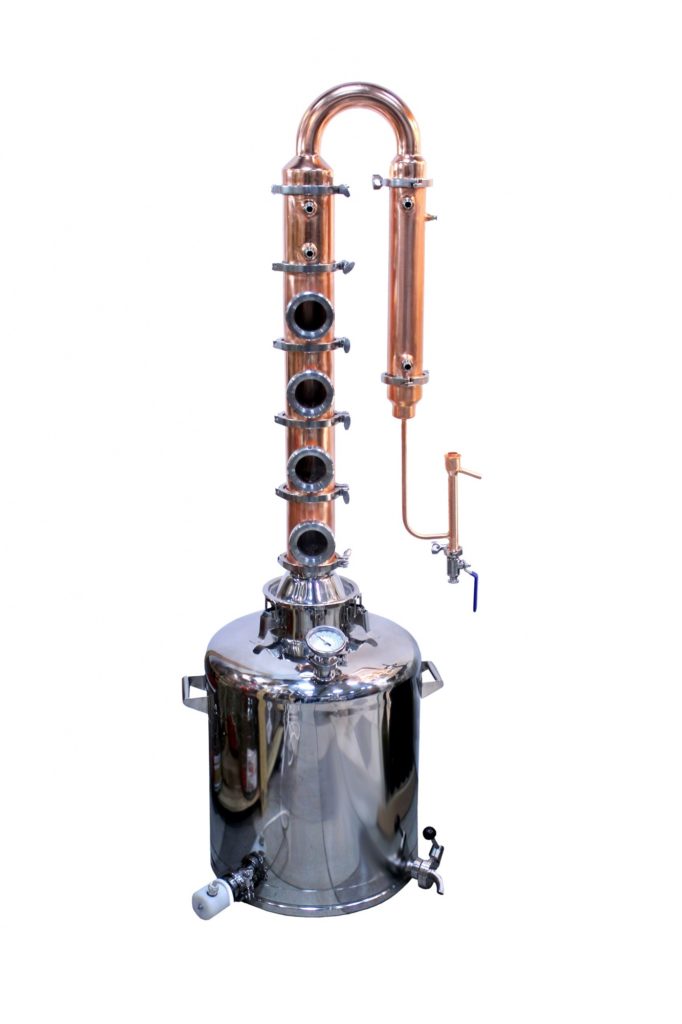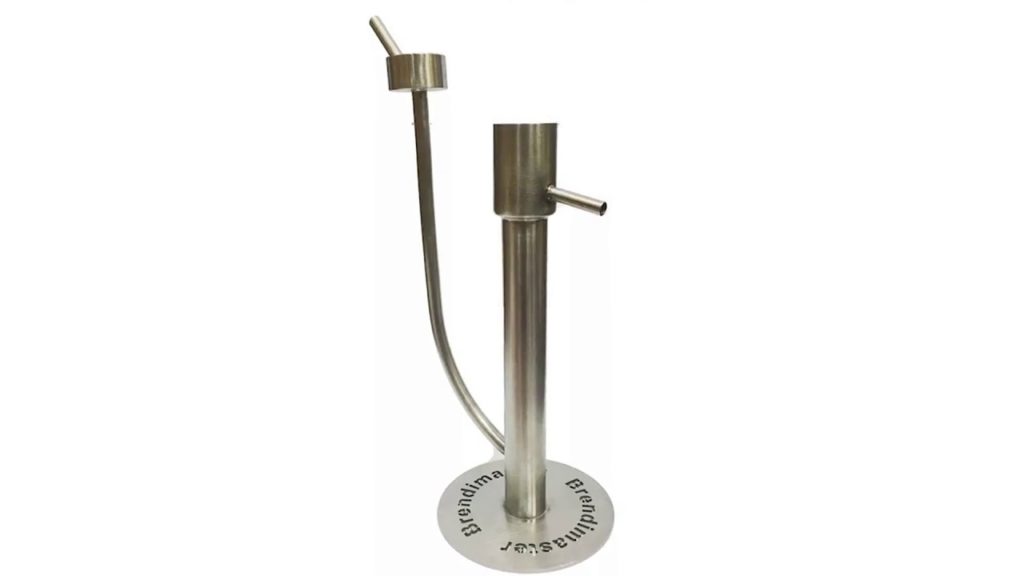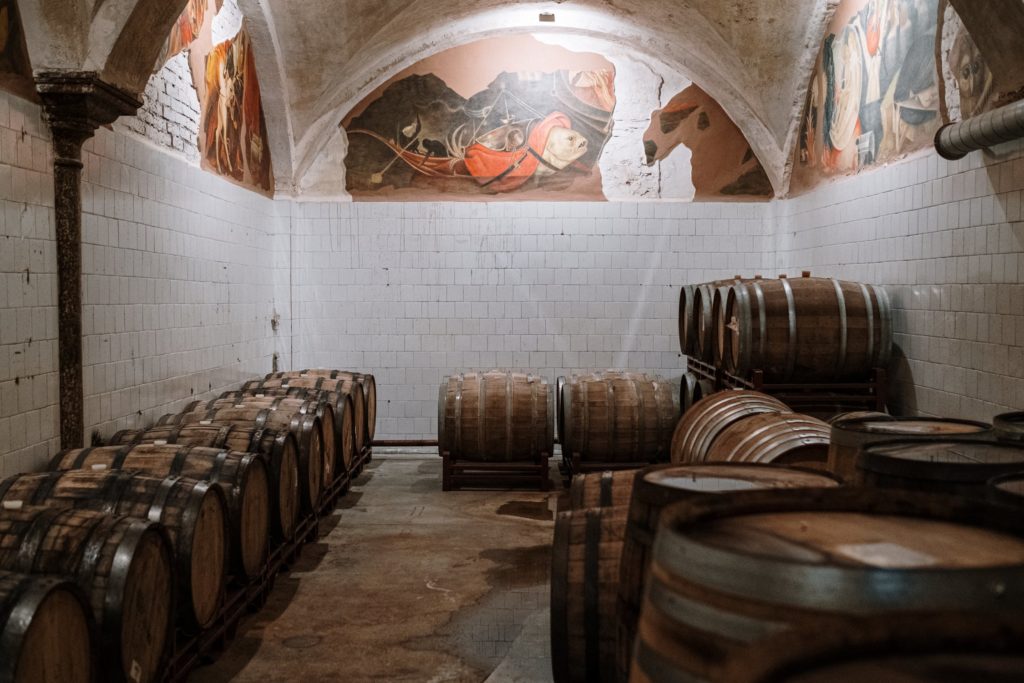Moonshine is a distilled spirit that is widely accepted by the drinking class of the people. People brew it at their homes and enjoy it in bulk quantities. How to make moonshine? The best part about moonshine is that it can be preserved and enjoyed at any time.
You can either consume it without any additions or use the beverage as an additional component in your regular cocktails. It is also popular among the masses because of the high concentration of alcohol that is present inside. The alcohol is often sided by more ingredients such as raisins to present a more sumptuous offering.
The process of making moonshine is very subjective based on the type of mash that you have chosen to use. In general, it does not require much effort, but it will take a while to get the hang of it.
Once you have prepared this fantastic beverage for the first couple of times, there is no going back to your regularly purchased drinks. This article will help you to understand the various intricacies that are involved in the creation of moonshine. We suggest you read it till the end so that you do not miss out on anything.
Legal Configurations
As homely as the whole beverage sounds, it still involves preparing an alcoholic beverage for consumption. If you intend to prepare moonshine at home, you will have to apply for authentic permits. If you continue to make it without a license, you can face legal consequences.
The regular components of moonshine, like distilling water and other oils, are freely available as they are not restrictively used. However, the preparation of any fuel alcohol will be treated as an offense in the absence of designated documents.
The two most essential permits that you will require are
- Fuel alcohol permit – If you distill the alcohol but not for consumption
- Federal distilled spirits permit – If you plan to distill the alcohol for consumption
Moonshine Equipment
There is a set of equipment that you will require while making moonshine. The right way ahead is first to gather this vital equipment and then start the process. You will need various things at various junctures, but it will still make more sense to get everything in the beginning to ensure a smoother flow of events. Here is a list of all the equipment that you will require.

Fire Extinguisher
Although the instances of fires while making moonshine does not top the charts, it is always beneficial to stay extra precautious. You must purchase a B-class fire extinguisher so that you are ready for all the unprecedented situations.
Mashing And Fermentation Equipment
Mashing and fermentation are the most critical processes that are responsible for the creation of good quality moonshine. The list of equipment is not very extensive, and you will be able to find most of the equipment at your home itself.
A Copper Or Stainless Steel Distillation Still
The design of the still might confuse you, but it is incredibly straightforward to use. It comes in various sizes so that you have the option to choose your desired size as per your needs. The standard size to buy for these containers varies according to the type of material that has been used to create them.

If you are going for a copper vessel, a five gallon still is the minimum requirement. However, if you are going for a stainless steel still, you will require at least eight gallons of volume. The process of creating moonshine is easy, but it takes a lot of time during fermentation and distillation.
It would be best if you prepared the beverage in higher quantities so that your efforts derive a fruitful result.
Heat Source
While preparing moonshine, the type of heat source that you use will not make a difference. Therefore, you must opt for electric hot plates for your procedure. By doing this, you will eradicate the possibility of your furniture catching fire. If you use the traditional furnaces and other stoves, the chances of a fire are escalated significantly.
Proofing Hydrometer
You will require a hydrometer to constantly check the density of your liquid with respect to the density of water. You might take a while to get the hang of a proofing hydrometer. But once you are well acquainted with its functioning, it will become the easiest method to ascertain the proof of your final output.
Proofing Parrot
Just like its name, a proofing parrot is a quirky and easy method to record the alcohol proof in your mixture. This tool is widely accepted by home brewers across the world, and therefore, you must try it.

Collection Containers
If you believe that your process of creation will end after distillation, you are wrong. The collection of your moonshine also requires thought, and therefore you must pay attention to it. You cannot use any container of your choice while storing the output as the substance can be reactive. The most optimum containers that have been complementing moonshine are glass mason jars. They are incredibly efficient when it comes to spirits and fuel alcohol.
Permanent Marker
The thought of a permanent marker present in your kitchen might sound absurd, but it is imperative to keep one. You will have plenty of jars to label.
Making Mash For Moonshine
If you are new to the concept of moonshine, you might not be aware of the distinct variety of flavors that it comes in. The mash is prepared on the basis of the raw material that you decide to choose. The most prominent mashes are grain mashes and fruit mashes.
Some useful mash recipes.
Preparing the mash marks the inception of making distilled alcohol, and therefore you have to decide this detail before you start everything else.
Various Kinds Of Mashes
The variety of mashes in moonshine is never ending. Almost every fruit can be used as a mash to derive distinctive flavors. You can check out the various flavors and recipes that are present online so that you can always have a new drink to have after dinner.
Fermentation
After you are done preparing the mash, you will have to ferment it so that the broken down sugars can be converted into alcohol. There are various methods of fermentation, but the technique which involves the use of yeast is trendy. You have to decide the amount of yeast according to the volume of moonshine that you are preparing.
An important thing to note is that yeast comes in a myriad of varieties too. You have to decide the kind of yeast according to the beverage that you are preparing. A glass of beer requires less yeast as compared to a glass of whiskey.
How to make moonshine
Distillation is the process of acquiring the alcohol that has been generated post fermentation. It does so by acting on the different boiling temperatures. However, you must remember that distillation is not the process of converting sugars into alcohol. It is the process of concentrating the already present alcohol obtained after fermentation.
Distillation is also the last step in the process of creating moonshine. After distilling, the final output is separated from water and is stored in mason jars.
The final output is an alcohol called ethanol. Ethanol starts turning into vapor when you begin heating the mixture at above 172 degrees. This vapor is then trapped and condensed into the still from where it is finally obtained.
Phases Of Distillation
The process of distillation is carried out in multiple steps. The overall procedure is simple, but it can get complicated at certain junctures. You will have to give out your complete attention so that you do not end up wrecking all your efforts at the last point of intersection.
Here is more about How to distill whiskey.
Since the boiling point is continuously changed, there are various stages of the output that is received. These results have different smells, and they taste considerably different. Here is a list of all the outcomes, along with the information about drinking them.
- Foreshots
Foreshots are the first batch of vapors that pass through the still. As you can imagine, they have the highest alcohol content, and therefore, they are not fit for consumption. The amount of foreshots in the entire volume is roughly five percent, and hence you can easily discard them without worrying too much about losses.
Foreshots also contain other unrequited elements like methanol that are injurious to health in this state.
- Heads
The heads are the next batch of vapors that are slightly light in their concentration. However, they contain elements like acetone that you should avoid. Even when they add up to around 25-30% of the total volume, moonshiners always discard them.
Heads have a terrible smell, and they do not comprise any particular taste. They are not smooth enough for consumption and are also responsible for the headaches and hangovers that you experience after drinking.
If you consume a small quantity of heads by mistake, you will be fine. But, if you end up drinking a lot of it, it can result in catastrophic consequences.
- Hearts
Going by the nomenclature, hearts are the substances that are fit for consumption. The principal constituent of these vapors is ethanol, and it is the sole part that moonshiners want from the solution.
It is effortless to track the transition from heads to hearts as the smell of the vapor changes. You will be able to smell something sweet and even taste the sweetness if you have got the recipe right.
It might be tough for you to track the exact beginning and end of the heart vapors, but you will get the hang of it after a couple of routines. The expertise of the moonshiner plays a crucial role in this step since around 40% of the entire volume is hearts.
- Tails
The tails can be rightly understood as the byproducts of the process since they do not have anything that is worth collecting. They primarily comprise water and some other insignificant elements such as propanol and butanol.
You will understand the beginning of the tails phase when the richness of the previous stage will start losing its essence. This condensed liquid will taste relatively thin and will be devoid of the good and smooth flavor like the last lot.
Tails form around 20% of the entire spirit run, and that can be a good point of understanding in reference to their transition.

Distillation Cuts
The process of changing the mason jar while collecting the distilled liquid from the still is called distillation cuts. It focuses on collecting different drinks from the spirit run so that the hearts can be organized and labeled separately.
You cannot expect yourself to make perfect transitions from the beginning since this skill is formed over many years. It will require a good chunk of experience before you can conduct the cuts in an impeccable fashion.
If you are distilling alcohol for the first time, you must be extra careful so that you do not mess up the quality of the final product. You can employ the practice of collecting a specific bit of hearts in the heads mason jar and not the other way round because it will decimate the richness of your offering.
Feints
The tails liquid that is preserved from the previous run to be used again later is called feints. Some people tend to keep them in order to optimize the performance of the entire spirit run. You can either mix them with the next batch of mash that you prepare or collect them in a larger volume so that you can conduct a special spirit run for them.
Final Words
Moonshines are a great beverage that you can quickly distill at home. You have the entire control over the specifications that they will offer, and therefore, you can craft them according to your taste buds.
Distilling alcoholic beverages require a lot of patience and also the spirit to take the first step. Once you do that, you will be able to make your own drink, quite literally!
